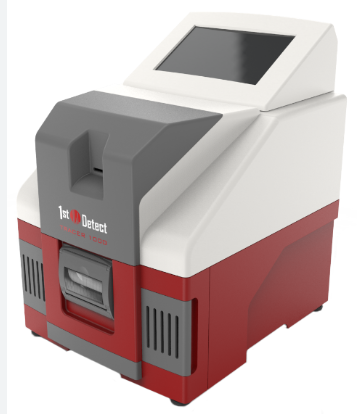Mass spectrometry, often abbreviated as MS, is a powerful analytical technique that has revolutionized the world of science and research. It allows scientists to unravel the mysteries of matter by determining the composition, structure, and properties of a wide range of substances. In this blog, we will dive into the fascinating world of mass spectrometry, exploring its principles, applications, and its indispensable role in fields ranging from chemistry to biology.
Understanding Mass Spectrometry
Mass spectrometry is a technique used to identify and quantify the chemical makeup of substances. It does this by measuring the mass-to-charge ratio of charged particles, typically ions. Here’s a simplified breakdown of how it works:
-
Ionization: The sample is first ionized, meaning atoms or molecules are converted into ions (charged particles). Various ionization methods can be employed, such as electron impact, electrospray, or laser ablation.
-
Mass Analysis: The ions are then subjected to an electric or magnetic field, which separates them based on their mass-to-charge ratio (m/z). The result is a spectrum, displaying the abundance of ions at each m/z value.
-
Detection: The separated ions are detected and quantified, producing a mass spectrum. Each peak in the spectrum represents a particular ion with a unique m/z value.
-
Analysis: The mass spectrum provides valuable information about the composition and structure of the analyzed substance. By comparing the m/z values to known compounds, scientists can identify the substance and even deduce its structure.
Applications of Mass Spectrometry
-
Chemical Analysis: Mass spectrometry is used extensively in chemistry for identifying unknown compounds, determining molecular weights, and analyzing the composition of complex mixtures.
-
Pharmaceuticals: In drug development, mass spectrometry helps in drug discovery, ensuring the purity of medications, and analyzing metabolites and pharmacokinetics.
-
Environmental Analysis: Mass spectrometry is a vital tool for environmental monitoring, allowing scientists to detect pollutants, study air and water quality, and analyze soil samples.
-
Proteomics: In the field of biology, mass spectrometry is used for proteomics, the large-scale study of proteins. It aids in identifying, quantifying, and characterizing proteins, leading to advances in disease research and drug development.
-
Forensics: Mass spectrometry plays a critical role in forensic analysis, helping to identify substances found at crime scenes, detect illegal drugs, and even analyze DNA.
-
Food and Beverage Industry: The industry uses mass spectrometry to analyze the composition of food products, identify contaminants, and ensure product safety and quality.
-
Astronomy: Mass spectrometry is used in space exploration to analyze the composition of extraterrestrial materials, such as moon rocks or meteorites.
Innovations in Mass Spectrometry
Mass spectrometry technology continues to evolve, leading to improved sensitivity, resolution, and speed. Some notable innovations include:
-
Orbitrap Mass Spectrometry: This high-resolution technology allows for the analysis of complex samples with exceptional precision.
-
Tandem Mass Spectrometry: Tandem mass spectrometry combines multiple stages of mass analysis, providing more detailed information about the composition of molecules.
-
Ion Mobility Mass Spectrometry: This technique separates ions in the gas phase based on their size and shape, offering valuable insights into molecular structure.
-
Miniaturization: Miniaturized mass spectrometers are becoming more accessible, enabling in-field or point-of-care analysis.
Conclusion
Mass spectrometry is a cornerstone of modern analytical chemistry and scientific research. It empowers scientists to delve into the world of molecules, unraveling complex structures and identifying unknown compounds. As technology continues to advance, mass spectrometry will play an even more significant role in a multitude of fields, from healthcare to environmental protection, ensuring we continue to uncover the secrets of matter and push the boundaries of scientific knowledge.

